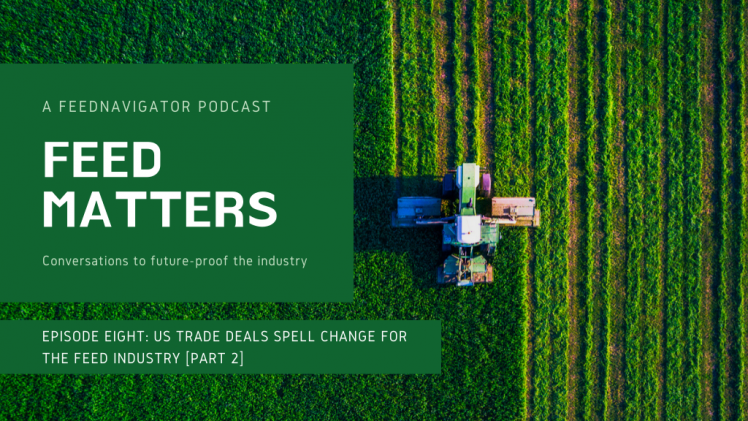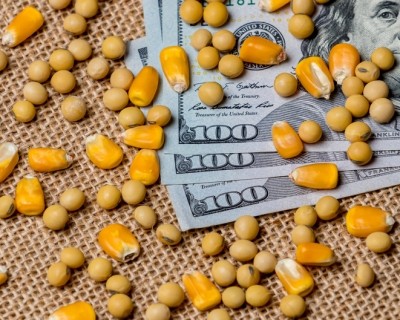The second of a two-part dive into US trade deals
US trade deals spell change for the feed industry

The US signed a phase one trade deal with China in January and the agreement entered into force on February 14, reported the Office of the US Trade Representative (USTR).
The Chinese market is of interest to US feed and feed ingredient producers because China's growing population and increasing middle class are factors driving a hike in demand for animal protein; moreover, livestock farming is becoming more professional, said Gina Tumbarello, director of international policy and trade at the American Feed Industry Association (AFIA).
“China is really primed to shift animal production practices to start incorporating more types of feed products,” she told FeedNavigator. “They’re modernizing, trying to meet this growing demand and trying to identify ways to become more efficient … it’s really primed for us to enter into that market, but there have been so many hurdles, and restrictions, and roadblocks it’s been almost impossible to compete.”
However, several of the agriculture-focused elements identified in the recently completed phase one trade deal with China may be eliminating some of those hurdles, she said. The AFIA saw progress with its top priorities outlined in the deal.
“There are a lot of things happening within the phase one agreement but for our industry, I think it’s just been overwhelming optimistic for us,” she said.
Facility registration and access
The trade agreement establishes a process for facilities that manufacture feed additives premises or compound feeds to be registered so that they can export products to China, said Tumbarello. The topic was a top priority for the association.
“The FDA will be the competent authority in terms of managing that process,” she said. “China has eliminated, basically all of the really cumbersome registration requirements that we’ve seen under other feed categories and really has streamlined the process – facilities will be able to register through the FDA, and it will be able to provide [the Chinese officials] a list to of the facilities wishing to be registered for export of feed additives, premix and compound feed.
“It’s written out as a very straightforward process with no additional audit or questionnaires or prequalifying requirements, which is really outstanding,” she added.
Product registration timelines were also addressed.
In addition, the deal dealt with the bans on the use of ruminant and poultry ingredients in animal feeds or products, she said. China banned use of ruminant ingredients in 2003 and poultry products in 2015.
“When you add product registration challenges on top of that, and you add facility registration challenges, it’s almost impossible to get products in,” said Tumbarello.
Although those bans ended when the trade deal when into force, more work was needed to change protocols to allow for use of the new ingredients, she said.
“It’s opening a new world for pet food and feed ingredients by lifting some of these restrictions – whether it’s facility registration or product registration or even just bans on ingredients,” she said. “It doesn’t just lift these restrictions, but the agreement outlines ways to do it and how China will meet those obligations by turning around applications within a certain timeframe, by working with the US to establish a new protocol within a certain time frame – it’s very prescriptive.”
Because the agreement is so specific, if it is implemented as it is written, the industry will be able to track the progress being made, she added.
Going forward, the next piece will be to evaluate the implementation of phase one, Tumbarello said. AFIA will also be working to develop more market interest in China and promote greater understanding for producers regarding the type of US feed and nutritional products available.
Influence from Covid-19
However, there have been some challenges from the ongoing outbreak of the coronavirus Covid-19, said Tumbarello.
While the disease may be delaying the implementation of some elements of the new agreement, there has continued to be communication between the governments, she said.
“Obviously there is a lot going on with coronavirus and pressure to implement phase 1, but what I’ve heard is there has been good faith efforts on both sides,” she said. “I know the strain on the government on implementation is probably coming from many different avenues, but hopefully any delay is minimal.”















